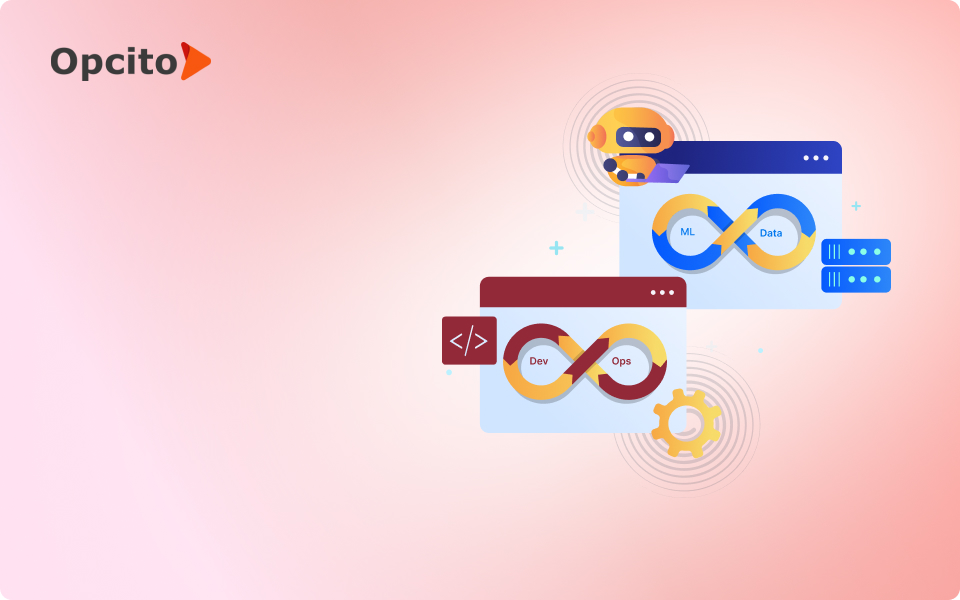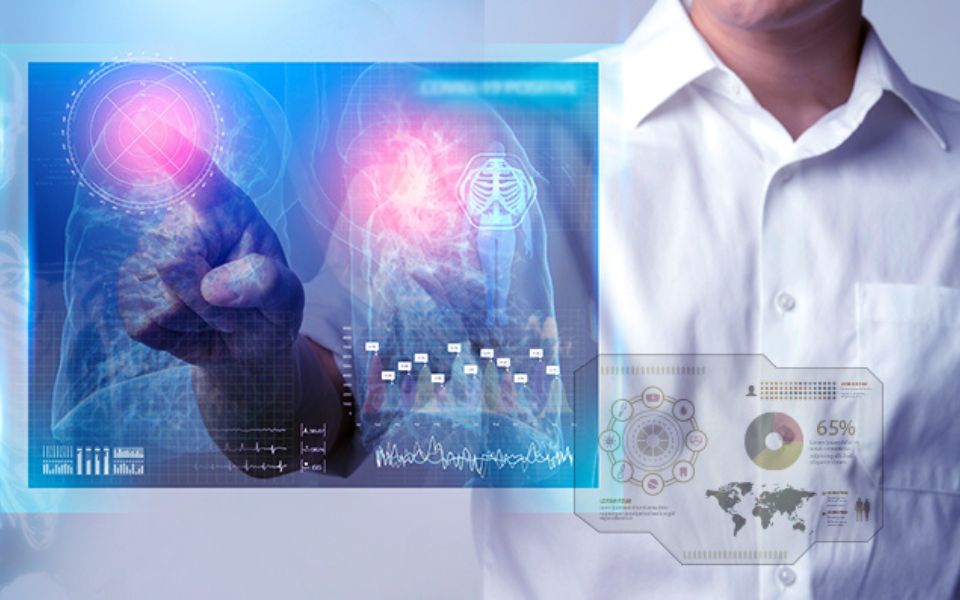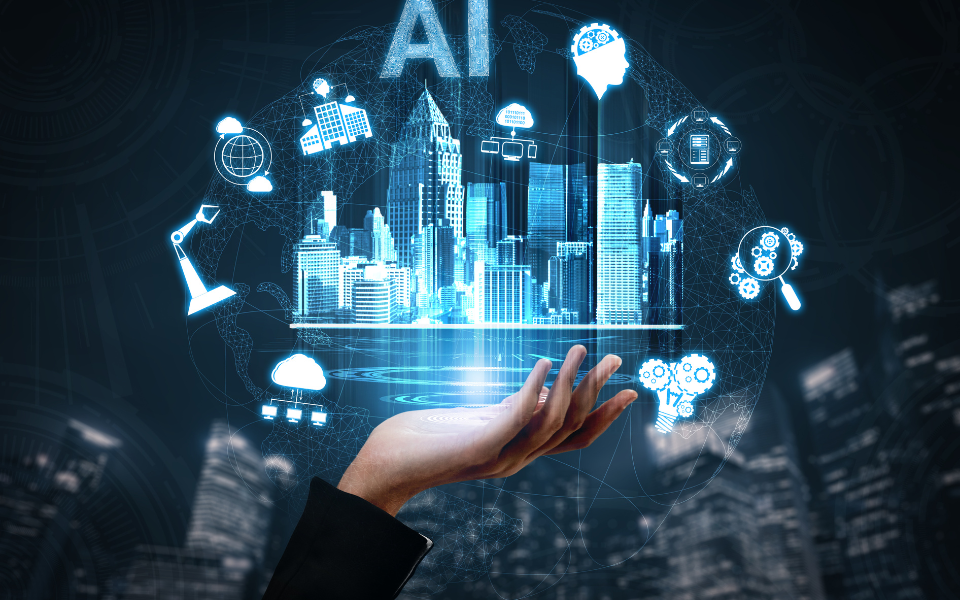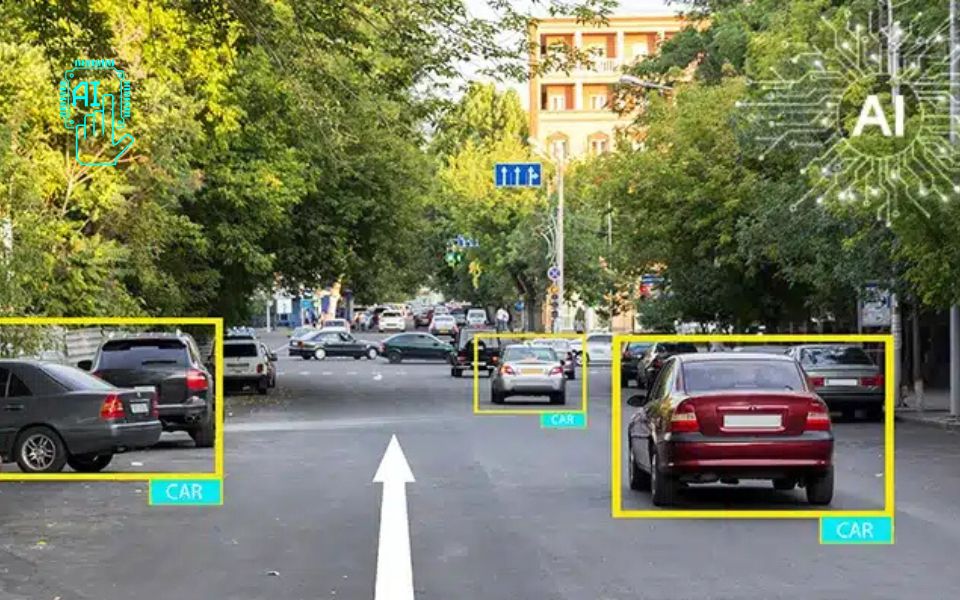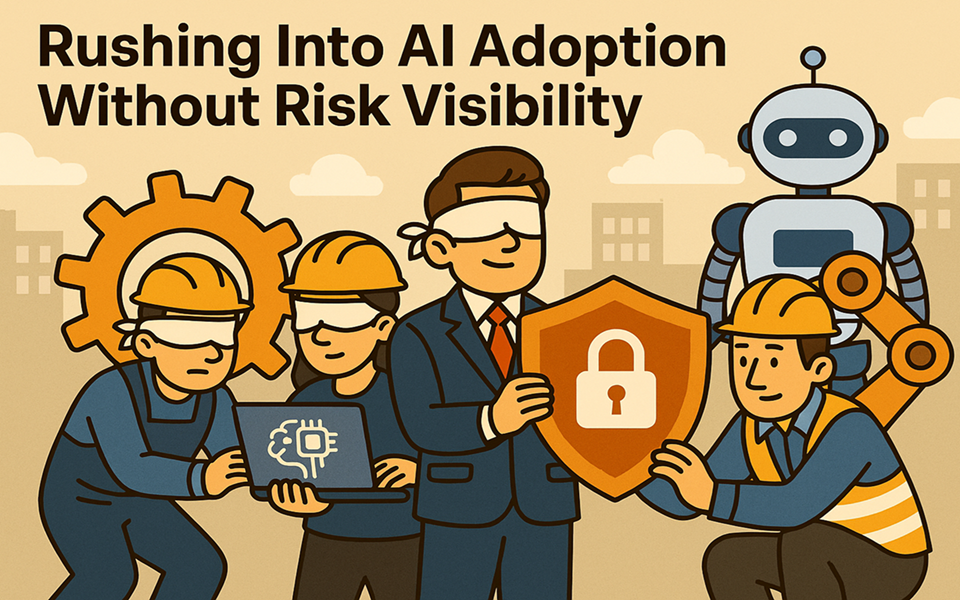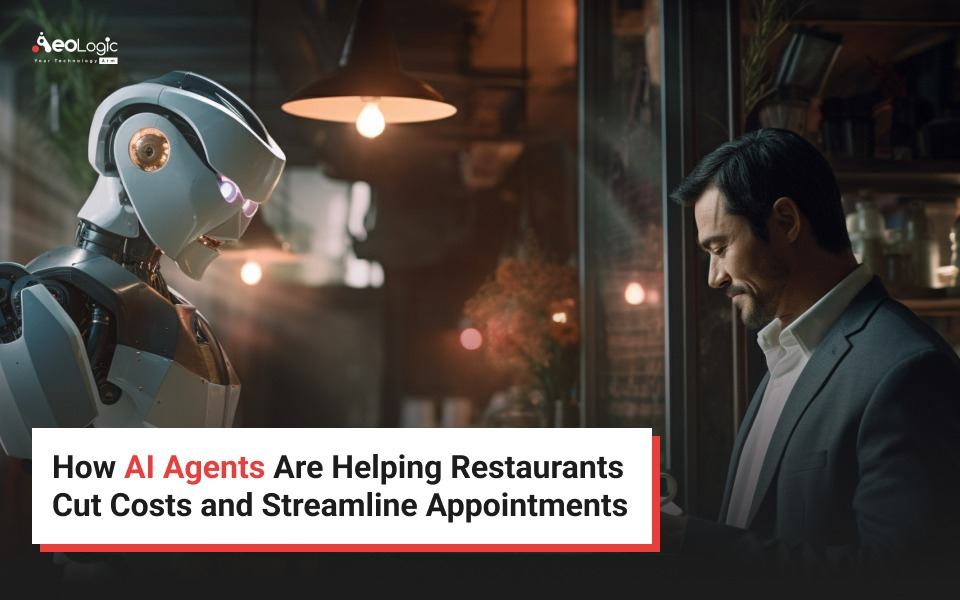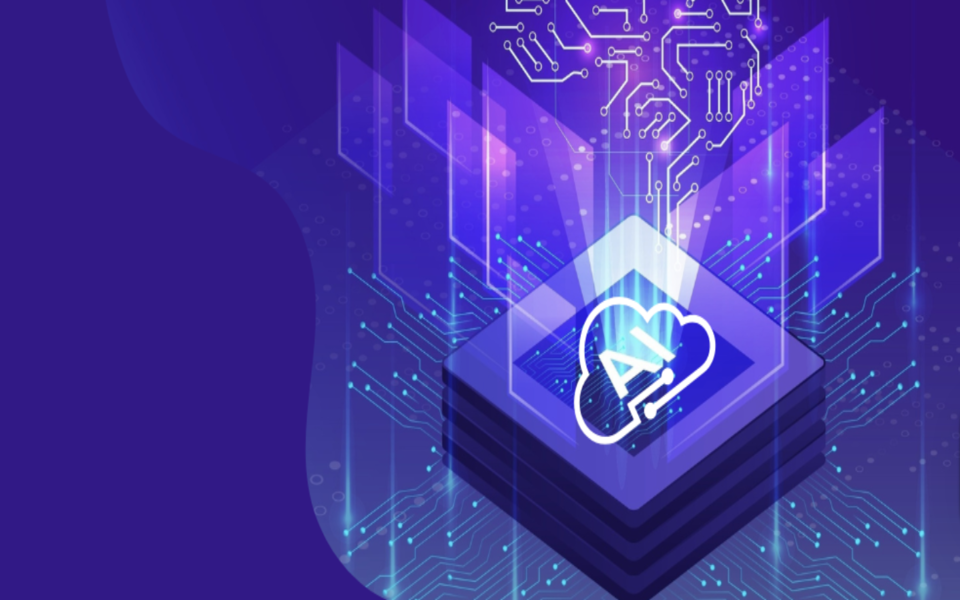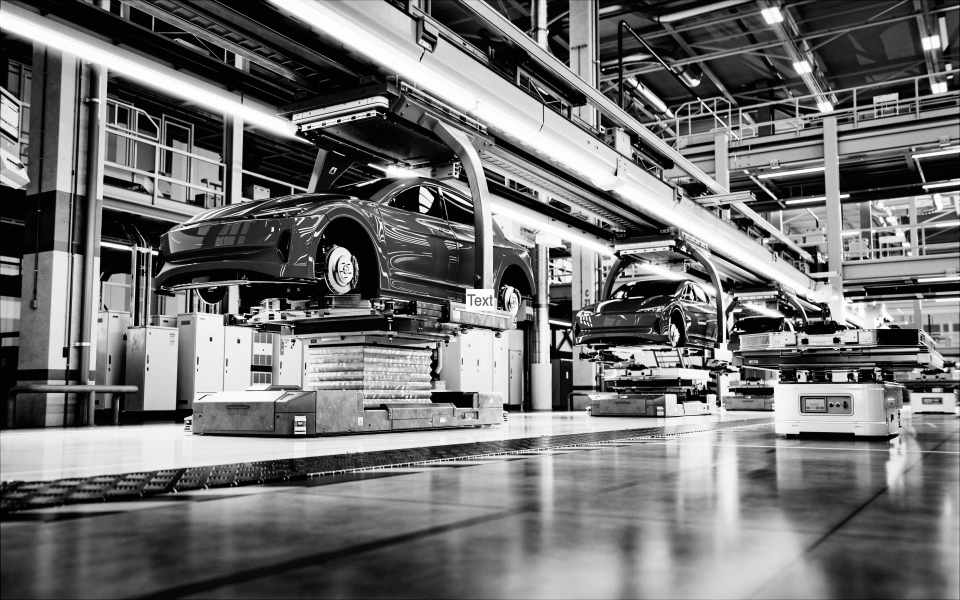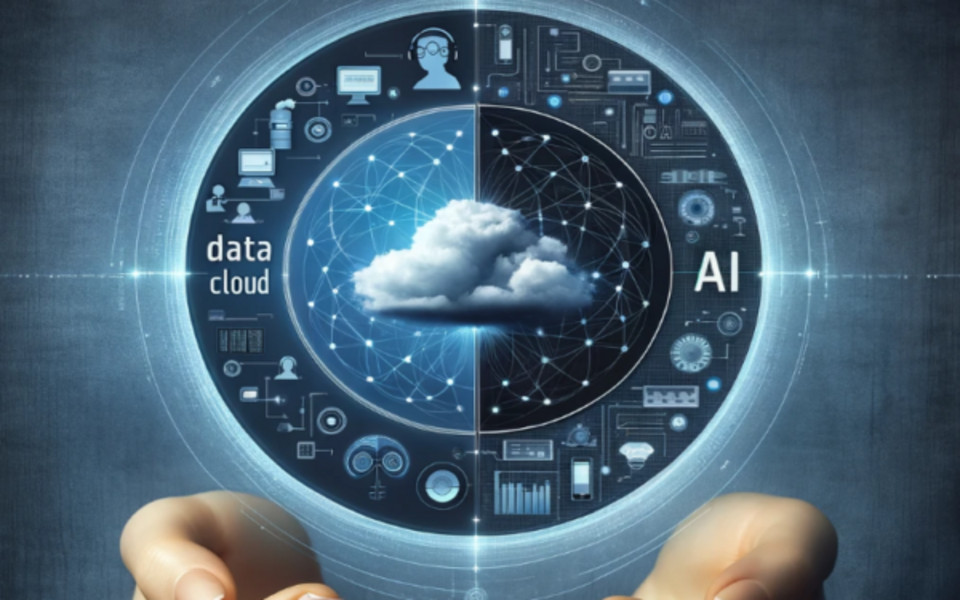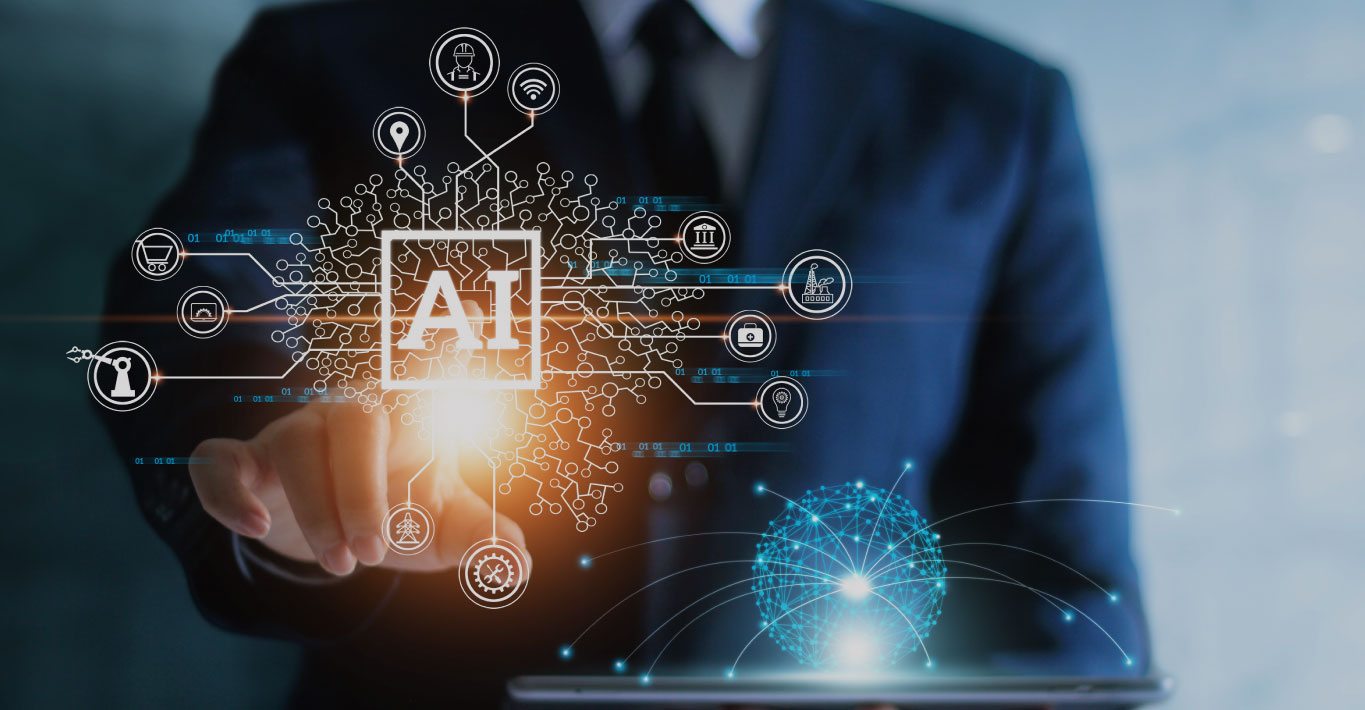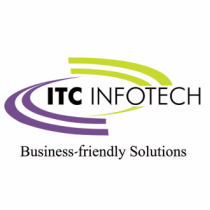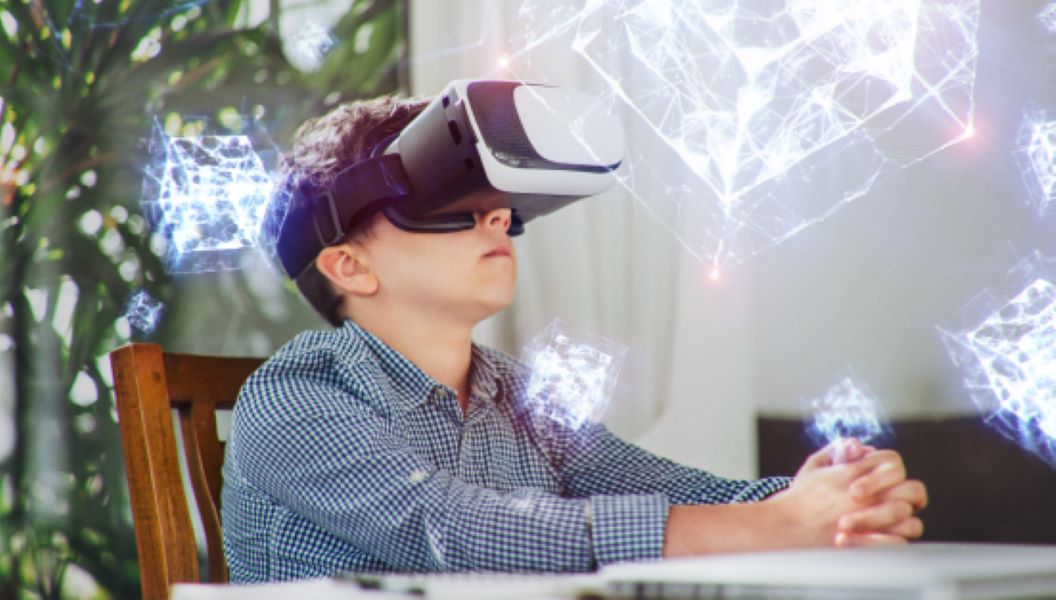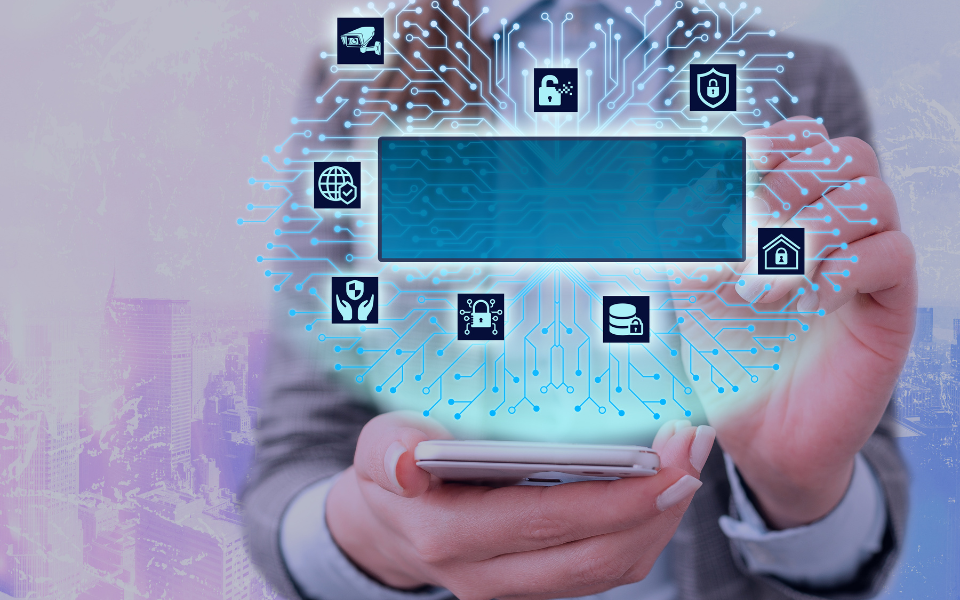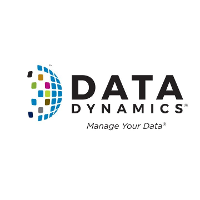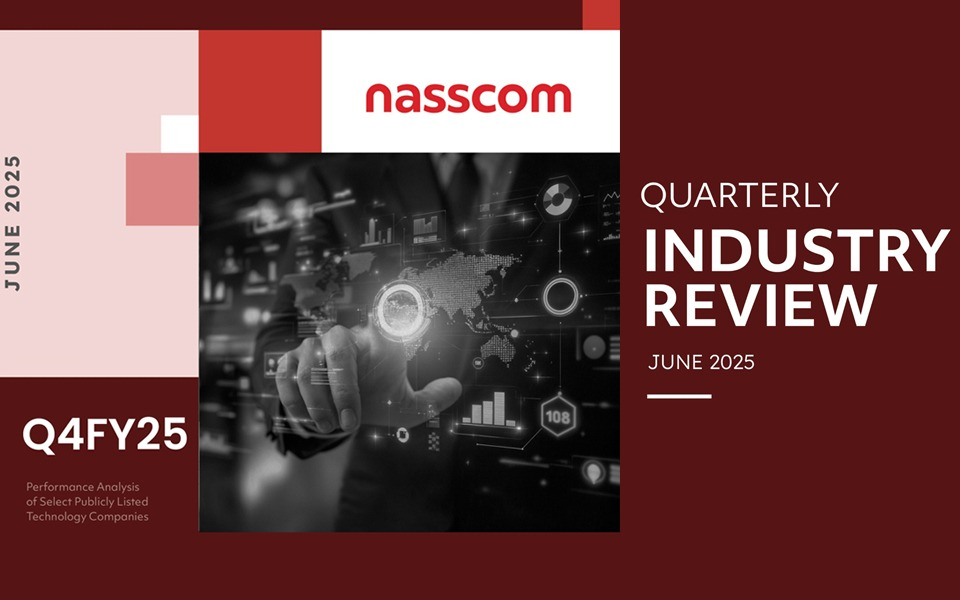MOBILE SHOPPING: GOING UP
Mobile shopping is getting easier thanks to apps and mobile wallets. Since 2010, mobile commerce has grown from 2% of digital spending to 20%. Shopper recognition, engagement, and personalization today is driven by the retailer’s specific apps and at least for now, those apps provide the singular method for creating a personalized experience in store, online, etc.
In addition to personalized shopping experiences, shoppers will increasingly be able to check-out using mobile payment methods at traditional cash wraps in store and at mobile, in-aisle stations as retailers add mobile check-out around store with associates. With the expansion of advanced bar-codes and imaging technologies for scanning products, faster alternative checkout methods will continue to grow across the retail sector.
For the retail associate, mobile applications that enable access to product information and inventory information in retail-time, while interacting with the customer through product and assistance requests will be an in-store mobile priority. This mobile capability will also facilitate friction less returns.
IOT
Internet of Things (IoT). IoT is a collection of smart, connected devices or products that, when pieced together well, can yield new functionality, reliability, utilization and capabilities that were previously not deemed possible. Globally, it is expected that 34 billion connected devices will be in market by 2020, 24 billion of which will be IoT devices with nearly $6 trillion being invested in IoT in the next five years. Why the growth? Several key factors including a decrease in sensor costs, a decrease in the cost of processing, a decrease in the cost of bandwidth, and finally, a decrease in the cost of storage. Incidentally, many of these same factors are what limited RFID’s growth in the mid-2000’s.

What about IoT’s application within retail? From a shopper perspective, shoppers may quickly scan a product and pull up product information, reviews and availability. Shoppers may also receive personalized location-based digital coupons in store. With IoT, retailers could have instant visibility regarding in-stock positions on shelves and in some stores, use robots for replenishment (e.g. grocery). Retailers may also track product freshness, aging, and history (e.g. track-and-trace). Also from a retailer’s perspective, IoT enables dynamic pricing and even auto-replenishment for consumers with smart pantries.
Retailers will continue to experiment with IoT in 2018 and the technology will become more pervasive to address specific desired business outcomes. Of course, with IoT, AI, ML, etc. comes the need for more dynamic, cloud-based, flexible systems and architecture which will fuel new technology investments in this space. IT spend will escalate in 2018.
BRING ON THE (CHAT)BOTS!
What in the world is a Chatbot?! Chatbots are a blending of artificial intelligence, natural language processing, a data set, and a human interface. Chatbots allow for two-way communication between a “bot” and a retail shopper and have varying degrees of intelligence when communicating with a user (from scripted and programmed to moderately intelligent).

Engagement with a chatbot begins with a messaging platform. The shopper sends the chatbot a message, which is passed to a language service that decodes the text by identifying objects and actions. Once the message is decoded, the artificial intelligence determines the response. The response can be predefined or complex using trained machine learning solutions.
Chatbots have been implemented by an assortment of retailers. In one case, the retailer’s chatbot gives shoppers a curated experience in finding holiday gift ideas. It asks compelling questions to gather information on the gift recipient, provides an almost natural discussion while conversing, and recommends a collection of gifts depending on the answers provided by the shopper. With another retailer, chatbots use directive questions to create a style profile and make fashion suggestions. Responses are predefined and work very similar to navigation on an e-commerce website and filter using gender, age, style, etc. to suggest outfits.
Bottom line: Chatbots will be used to create tailored shopping experiences and inform marketing campaigns utilizing previous shopper interactions with the chatbot to notify customers about current promotions or sales, and suggest recommendations to shoppers from previous orders. Bring on the bots!
ARTIFICIAL INTELLIGENCE
AI for retail is not just about chatbots. It’s defined as smart machines that extend human capabilities by sensing, comprehending, acting, and learning, allowing people to achieve much more. Consumers now routinely use AI-driven technology features such as digital voice assistants. An impressive 84% of 14-to-17 year olds currently use or are interested in using the voice-enabled digital assistant in their smartphones. And, interest is not limited to younger generations. About one-third of consumers in every age group are interested in these features.

There are many benefits to interacting with computer based applications rather than human advisors. They are available any time, demonstrate less bias, are faster to engage and provide service (limited wait time), and yes, even communicate more politely (tough for a computer to bring emotion into a digital convo)!
According to Fjord Trends 2017 report, “while AI has evolved exponentially, in 2017 we will see a shift in organizations’ approaches to developing products and services as emotional intelligence (EQ) becomes a critical AI differentiator. AI is central to understanding the needs and desires of different consumers, personalizing services, and driving demand.
From a retail personalization perspective, AI enables a curated shopping experience online. Think two different shoppers visiting an e-commerce site and receiving completely different and tailored experiences, from personalized product recommendations to personalized pricing and offers. Of course, this is only possible if the data exists on the shopper and their prior behavior on the site (hence data and analytics still an investment priority to support AI).
No doubt, AI will be front and center with most major retail technology providers in 2018 and on the list of “capabilities to investigate” for most retailers.
BLOCKCHAIN
Bitcoin, blockchain, distributed ledgers, cryptocurrencies – the developments around these technologies are proceeding at a rapid pace and while they are not prevalent in retail today, they will be very soon. Time to get up-to-speed on the topics. Here are a few stats and facts on Blockchain from my good friend Nikki Baird, Managing Partner at Retail Systems Research.

High transaction costs constrain a market. That’s basic economics in the sense that a high price for a good or service depresses demand for the good or service. Compare mobile payments in China vs. the US: according to Hillhouse Capital, in partnership with Kleiner Perkins, a US credit card transaction costs over 200 basis points, vs. less than 50 for WeChat or AliPay. In 2016, the mobile payment market in China reached $5 trillion, vs. $112 billion in the US.
One of the reasons why Bitcoin and other crypto-currencies are getting such buzz is because they offer an opportunity to bypass “expensive” forms of payment for something much cheaper – if crypto-currencies can keep their transactions “cheap.” So there is the potential for a lot of demand for crypto-currencies from a consumer perspective, but right now it’s a pretty complex process to set up a digital wallet, gain access to a crypto-currency exchange, and start buying up coins. And the security of some of these crypto-currency markets is not assured.
What are the Blockchain implications to retail?
Product Track-and-Trace: The Blockchain framework allows all members of the value chain – supplier, manufacturer, retailer, consumer – to have visibility into products from source through production to store to consumer. Track food from source to plate. Ensure products were created in environments meeting specific regulations and/or requirements.
Counterfeit Goods: Consumer goods can be certified with Blockchain’s anti-counterfeiting solution (Block Verify) for pharma, luxury and electronics. Counterfeit goods continue to be an issue for both retailers and CPG manufacturers and Block Verify allows for detection and identification of counterfeit items.
Product Warranties: Many companies today are already using a product called Warranteer to move product warranty information into the cloud via Blockchain. This allows the warranty to be easily updated and transferrable. The consumer “owns” the warranty and can manage it, eliminating the need for retailers and CPG companies to get stuck in administrivia.
Smart Contracts: Blockchain is being proposed in terms private Blockchains that update automatically over time, recording all of the actions taken in regards to a contract, whether the buyer, the seller, or third parties acting on either party’s behalf. For retailers this will mean less paperwork, more digital exchanges of information, and smoother transactions across borders and across multiple parties – once it gets out of proof of concept phase.
Trade Promotion Management: Trade deals between retailers and consumer product suppliers today largely leverage spreadsheets, databases, e-mail exchanges and for some, more sophisticated trade promotion management or “deal” software. The process is cumbersome and largely inefficient, resulting in over- and under-payments and confusion over product promotions. The TPM space is ripe for transformation using Blockchain – and the solution will enable faster recoveries for retailers for deals executed on specific promoted products.











